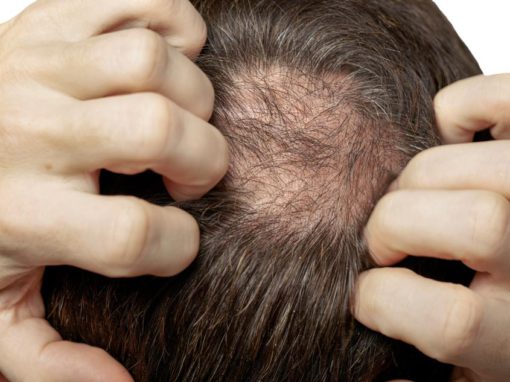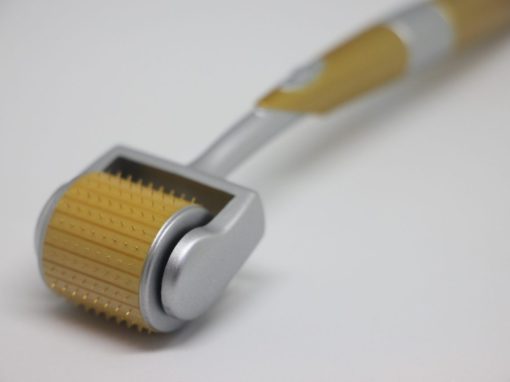Hair loss at an early age can be stressful for men. However, the stress of present day living has made it not uncommon for men to start balding in their 20s.
The graph below shows the leading hair concern among Asian men.
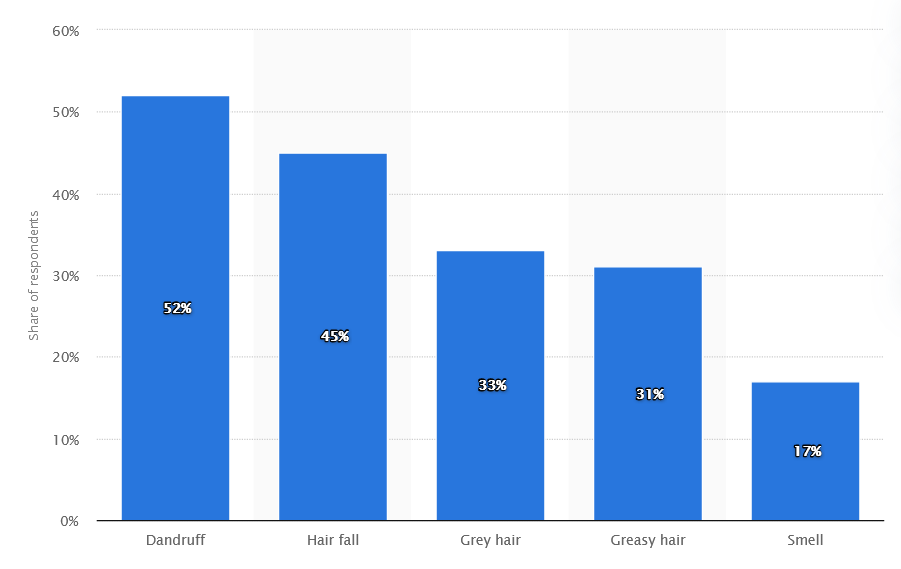
Studies have indicated that approximately 16 % men aged between 18 to 29 years are affected by moderate or extensive hair loss.
If you are aged below twenty-five and experiencing hair fall, it is essential to deal with it proactively to prevent it from further worsening.
The good thing is that hair loss is preventable and treatable to a great extent.
What is male pattern baldness?
Male pattern baldness (MPB) is the most common type of hair loss in men that develops at some stage. The characteristic feature is presence of M shaped pattern of hair thinning on the scalp.
Commonly known as androgenic alopecia, it usually affects more than 50 % men who are above the age of 50.
Key reasons for premature hair loss in men (under 25)
Here are some reasons why men can undergo premature hair loss:
1. Hormones
One of the most common types of male pattern baldness is androgenetic alopecia. This is mainly a type of genetic or hormonal condition caused by dihydrotestosterone, or DHT, a hormone derived from testosterone.
High level of DHT was found consistent with androgenic alopecia.
Some commonly used treatments for androgenetic alopecia include:
- Oral medications
- Serum/topical treatment
- Hair transplants
- Plasma treatments rich in platelets
- Laser caps etc.
2. Autoimmune disorders

In autoimmune disease, your immune system mistakes parts/tissues of your body, such as joints or skin, as foreign objects and releases proteins called antibodies to attack healthy cells.
Alopecia areata is a type of autoimmune disorder in which healthy hair follicles get attacked by the body’s immune system.
While the disease can be stressful for young men, it is known to respond well to certain medications and steroid creams. The hair usually resumes growth shortly after the treatment.
3. Anxiety, stress or traumatic experience
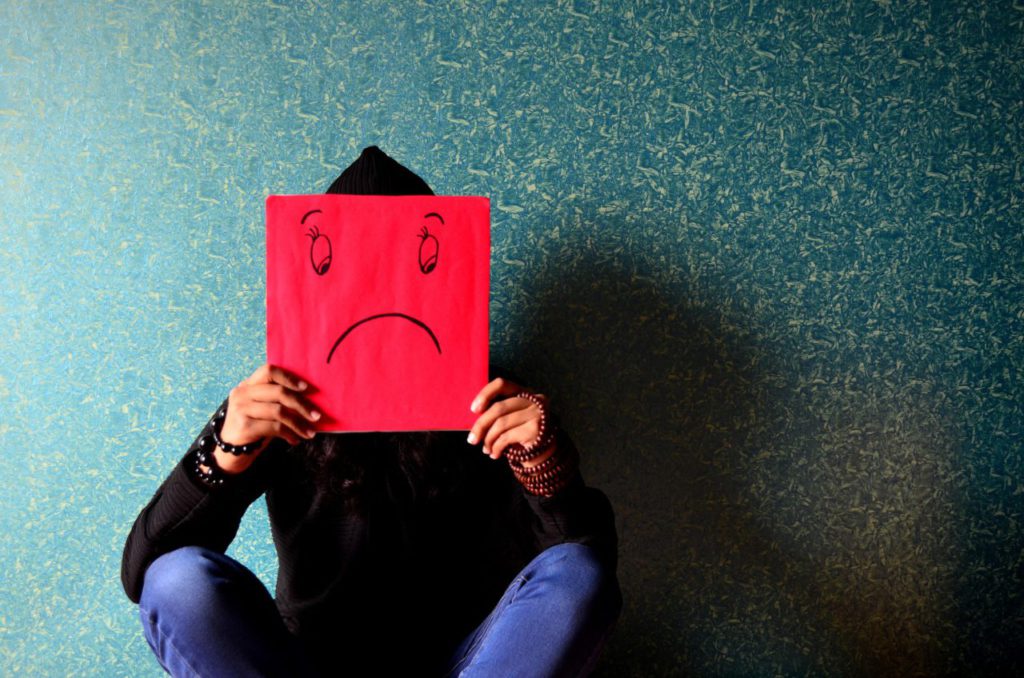
Hair loss can also occur due to severe forms of trauma, stress, anxiety, depression or other mental health disorders. This type of hair loss is commonly known as telogen effluvium.
It often results in rapid hair loss, which affects the entire scalp.
Hair loss due to stress can be of three main types:
- Telogen effluvium- It happens when high-stress levels push the hair follicles into a resting phase and further resulting in hair fall.
- Trichotillomania- It happens due to an uncontrollable urge to pull the hair from the scalp.
- Alopecia areata- It happens when the body’s immune system starts attacking the healthy hair follicles.
4. Nutritional deficiencies
Hair loss is common in people with nutritional deficiencies. This includes deficiencies in essential vitamins and minerals.

Hair thinning is a common symptom seen in deficient people facing deficiencies in the levels of zinc, iron, protein or vitamin B12.
5. Medications
Medication treatments like chemotherapy are known to cause excessive hair loss in adults.
Certain medications such as anticoagulants, amphetamines and beta-blockers are known to cause hair loss. However, these effects are very rare, temporary and can be reversed easily.

This also includes medications for high blood pressure, cancer, depression, arthritis and heart conditions.
6. Physical damage to scalp or hair
Damaging your skin or hair follicle can result in hair loss. For example, specific hairstyling techniques or use of strong chemical-based hair products may create stress to the scalp resulting in hair loss.
7. Improper Haircare
Neglecting your hair is also one of the crucial reasons for premature hair loss. Ensure that you clean your hair with shampoo at least twice a week to remove all the dirt and oil.
Try to avoid intense bleaching and hot oil hair treatment as it will damage the hair follicles.
8. Lifestyle choices
Certain lifestyles can cause hair loss. These include smoking, having meals at irregular intervals, a diet with insufficient nutrients, alcoholism etc.
Some studies have indicated that excessive gaining or losing weight at a short interval of time can also cause hair loss.
Risk factors for hair loss
Although most studies indicate a sudden upsurge in the number of people who are affected with hair loss over the years, it is not necessarily true for all individuals.
Let us discuss some of the critical risk factors that cause hair loss.
1. Age and sex
Older men (usually above the age of 50) are more prone to hair loss when compared to younger ones.
2. Family History
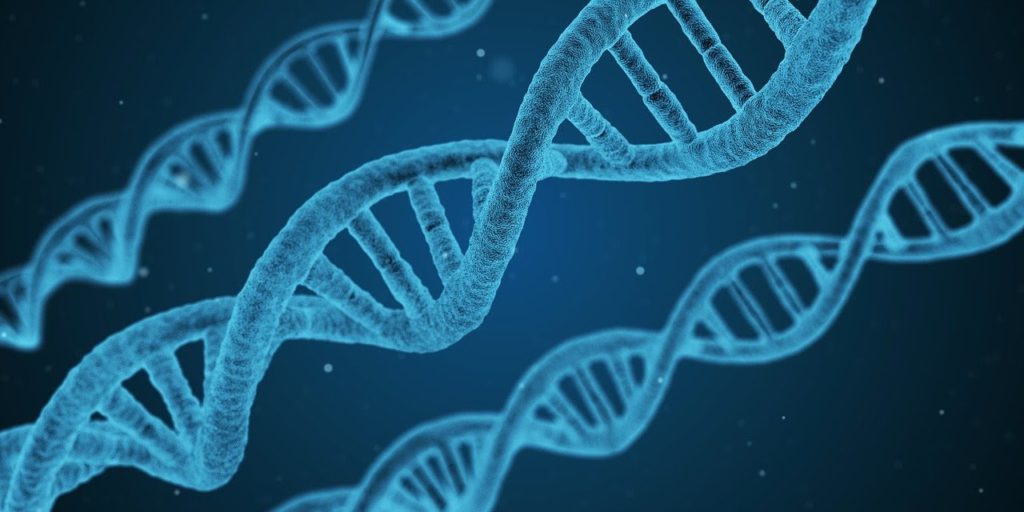
If you are born in a family with a history of male pattern baldness, the chances are high that you might inherit those genes and develop hair loss at an early age.
3. Medications
As mentioned earlier, certain medications may cause hair loss in some (not all) men at a very early age. If you experience hair loss as a side effect of a medication, it is advisable that you consult with your doctor immediately.
4. Fluctuations in weight
Often it is noted that people who tend to lose or gain weight suddenly have a higher chance of losing hair. Unhealthy eating or severe diets may cause frequent fluctuations in weight resulting in hair fall. Most importantly, a thyroid problem can also be the culprit of such weight fluctuations in which hair strength and quality drop, resulting in hair loss.
5. Stressful work environment
People who work in highly stressful work environments are at a higher risk for male pattern baldness.
Treatment and prevention options for hair loss for men in 20s
Prevention is the best cure. And that’s too for hair loss as well. Haircare should not just be limited to women. Men need to create a proper hair care regime to prevent conditions that may result in MPB.
Some of the best methods of prevention are:
- Using a broad tooth comb
- Eating a well-balanced diet
- Avoiding harsh hair treatments
- Avoid unnecessary pulling of hair
Let us take a closer look at some treatment options for MPB:.
Hair loss medications
There are various treatments available for hair loss. The most commonly used ones are Minoxidil (Rogaine) and Finasteride (Propecia).
Finasteride
This medication is used to treat male pattern baldness, which appears in the middle of the scalp or at the crown.
Finasteride was created to battle prostate cancer, and later it was found that it decreases the amount of DHT hormone found in the scalp region.
DHT causes the hair follicles to become thinner. Thus by decreasing the amount of DHT, it is possible to boost hair growth.
Minoxidil
This is one of the most common medications used to treat male pattern baldness. Although the medication was initially developed to treat high blood pressure, it has the side effect of causing excessive hair growth.
Minoxidil directly acts on the hair follicle causing thicker hair to grow. The drug is also known to prolong hair growth, resulting in the growth and development of a higher number of hair strands.
However, unlike finasteride, minoxidil taken orally will encourage the growth of hair in unwanted body parts.
Natural products like Saw Palmetto, Collagen
Saw palmetto is a natural product used to reverse hair loss conditions. It is a Native American plant with berries that is known to block 5 alpha-reductase, which stops the conversion of testosterone to DHT. Since high DHT levels are consistent with hair loss in men, a reduction in its production is expected to reverse hair loss.
Saw palmetto is available as shampoos and other topical ointments.
Similarly, various studies show that collagen helps to replenish hair loss and boost the growth of new hair follicles on the scalp. Including collagen powder supplements (under the guidance of your doctor) may help treat MPB.
Transplant Surgery
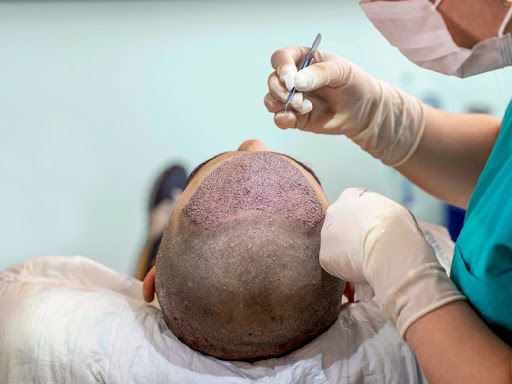
This is one of the most proven methods to treat male pattern baldness. Hair transplant surgery involves removing strong DHT resistant hair follicles from the backside of the head and transplanting them on the scalp.
Laser combs
This is typically a new form of treatment involving concentrated light beams to stimulate the hair follicles.
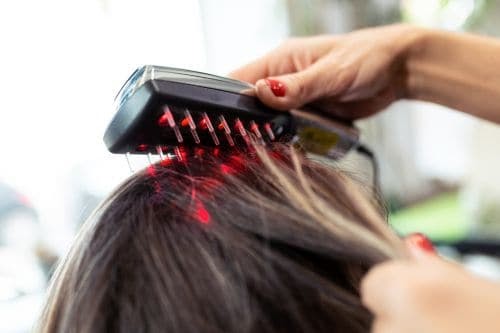
This helps to enlarge the follicles and grows hair that is thick and strong. Laser combs often give mixed results and will provide the best effect when combined with various other forms of hair treatment.
Therapies
Hair loss therapy involves using various modes of treatments such as creams, hair loss drugs, ointments, shampoos, conditioners, etc.
If the hair loss is very acute, it is better to meet a professional therapist who can choose the best treatment method for you.
Bottom Line
Hair loss in men below 25 years old is caused by a variety of factors. It could be genetic, hormonal or due to an allergic reaction to certain medications. In this article, we have discussed some of the essential reasons why hair loss happen in men.
If you believe you are susceptible to male pattern baldness, wait no further and immediately contact a health care provider for the various treatment options available.
In most cases, early detection of male pattern baldness helps to recognise the underlying cause and effectively treat hair loss.

